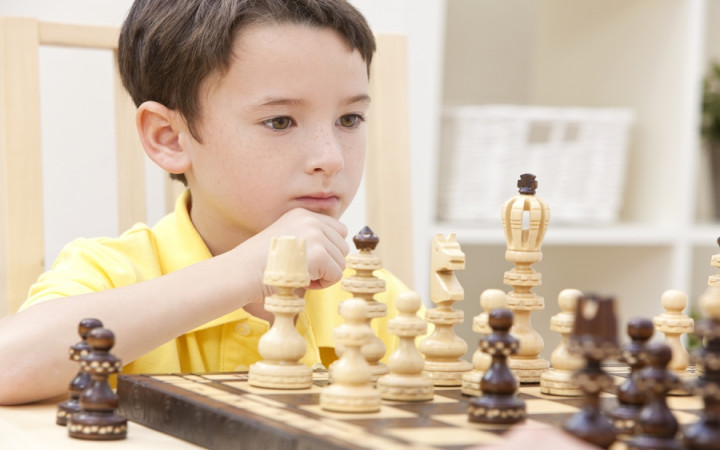Today’s Wonder of the Day was inspired by Sam. Sam Wonders, “Which one came first checkers or chess?” Thanks for WONDERing with us, Sam!
What do you like to do when you get bored? We don’t get bored often in Wonderopolis, but when we do, we reach for a BOARD…game! Two of our favorite classic board games are checkers and chess. Some of our friends WONDERed which of these classics came along first, so we decided to find out!
Luckily, our time machine was full of fuel. We set the dial back about 1,500 years and headed to ancient India. That’s where historians believe people first played an ancient form of chess in the sixth century. That game was called Chaturanga.
The game eventually spread to Persia, where Islamic migration helped it become a part of Arabic culture. In the Muslim world, the game became known as Shatranj. The Islamic Moors spread the game to Southern Europe when they conquered Spain and Portugal.
Slowly, the game of chess evolved into the form we know today. A version of the game played in 15th-century Europe looks a lot like today’s chess. Around the same time, its name was shortened to “shah.” Over time, English and Germanic names for the game became closer and closer to “chess.”
It was not until the latter part of the 19th century, though, that modern chess tournaments began. That’s when the popularity of the game grew by leaps and bounds. Chess remains popular, especially in the modern Internet age. The invention of computers led to advances in chess theory. Online chess play has been popular since the mid-1990s.
So, as you can see, chess has a long, rich history. What about checkers? Historians know that checkers was mentioned by the ancient writers Homer and Plato. Looks like we’re going to need our time machine again, because checkers is much, much older than chess!
Historians now believe that the oldest form of checkers was played around 3,000 B.C.E. It was found by archeologists in an ancient city called Ur in Iraq.
Those who have studied the history of checkers have also found a game called Alquerque. It was played in ancient Egypt as far back as 1,400 B.C.E. Alquerque remained very popular throughout the western world for thousands of years.
Today’s game of checkers developed around the start of the 12th century. A Frenchman came up with the idea of playing checkers on a chess board. At that time, the game was called “Fierges” or “Ferses.” With a new board design and new rules set, the game made its way to England and the Americas.
Today, most English-speaking countries use a 64-space checker board. This is known as the short king board version. However, much of Europe and Asia use a checker board with 100 spaces. This is called the long king version. Some people in Canada even use a board with 144 spaces!
Checkers remains a popular game around the world today. For many children, it’s the first game they learn how to play. Teachers have long known that the simple game of checkers can provide significant training in thought and logic. Of course, it also keeps players occupied with fun competition.
Standards: CCRA.L.3, CCRA.L.6, CCRA.R.1, CCRA.R.2, CCRA.R.4, CCRA.R.10, CCRA.SL.1




